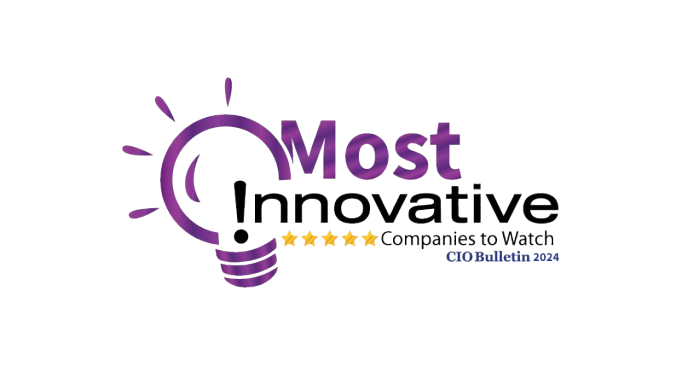Consolidating Your Tech Stack for Unparalleled Revenue Growth in 2023
In today's fast-paced digital landscape, businesses face immense challenges when it comes to leveraging technology effectively to drive revenue growth. With an overwhelming number of tools and platforms available, it can be daunting to navigate the ever-expanding tech stack. However, consolidating your tech stack is the key to unlocking unparalleled revenue growth in 2023 and beyond. In this article, we will explore the strategic advantages of streamlining your technology infrastructure, empowering your business to soar ahead of the competition.
The Pitfalls of a Fragmented Tech Stack
Moreover, a fragmented tech stack can burden your IT team with increased maintenance efforts, compatibility issues, and rising costs. Over time, this not only drains resources but also diverts focus from strategic initiatives that could drive revenue growth.
The Power of Tech Stack Consolidation
By consolidating your tech stack, you can unlock a multitude of benefits that pave the way for revenue growth. Let's delve into some key advantages:
Streamlined Workflows and Enhanced Collaboration
Tech stack consolidation allows you to streamline workflows by integrating various tools into a cohesive ecosystem. By eliminating redundant systems and centralizing data, you enable smoother information flow across departments. This seamless collaboration fosters cross-functional synergy, empowering teams to work cohesively towards shared revenue goals.
Comprehensive Data Insights and Informed Decision-Making
Enhanced Customer Experience and Personalization
Scalability and Agility for Future Growth
Implementing Tech Stack Consolidation Strategies
Conduct a Comprehensive Tech Stack Audit
Define Your Tech Stack Consolidation Goals
Identify Integration Opportunities
Prioritize User Adoption and Training
Partner with a Tech Stack Consolidation Expert
Conclusion
In the era of digital transformation, consolidating your tech stack is no longer a choice but a necessity. By streamlining your technology infrastructure, you can unlock unprecedented revenue growth opportunities. From streamlining workflows and gaining comprehensive data insights to enhancing customer experiences and preparing for future scalability, the advantages are profound. Embrace the power of tech stack consolidation in 2023 and position your business for success in the competitive digital landscape.
Remember, your tech stack should be an enabler, not a hindrance. By harnessing the potential of a consolidated tech stack, you can propel your business to new heights of revenue growth and stay ahead in the dynamic marketplace.
Featured Resources
Check Our Latest Resources




